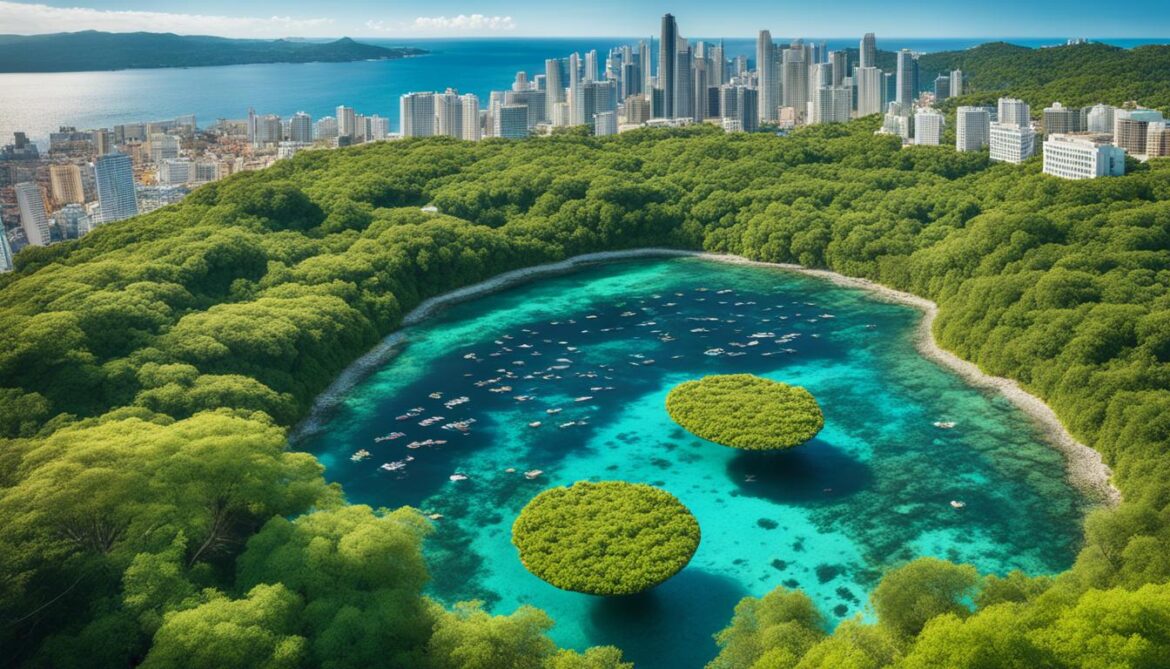modelcampusa.com – Micronesia, a region comprising several island nations in the western Pacific Ocean, is renowned for its rich biodiversity and unique ecosystems. The region has been actively engaged in various environmental conservation efforts to protect its natural heritage and promote sustainable development. This article explores the key initiatives and strategies employed by Micronesia to safeguard its environment.
National Environmental Management Strategy (NEMS)
The Federated States of Micronesia (FSM) has committed to conserving and improving its environment through the National Environmental Management Strategy (NEMS) 2019-2023. This strategy outlines a comprehensive approach to environmental management, focusing on the conservation of natural resources, mitigation of climate change impacts, and promotion of sustainable development.
The Micronesia Challenge (MC2030)
One of the most significant conservation initiatives in Micronesia is the Micronesia Challenge (MC2030). Launched in 2006, this regional commitment aims to effectively manage at least 50% of marine resources and 30% of terrestrial resources across Micronesia by 2030. The challenge involves five Pacific island nations and is supported by various international organizations, including the World Wildlife Fund (WWF).
Protected Areas and Biodiversity Conservation
Micronesia has established numerous protected areas to safeguard its unique ecosystems. These areas are crucial for maintaining biodiversity and ensuring the long-term health of the region’s natural resources. The government, along with non-governmental organizations (NGOs) and community groups, plays a vital role in managing these protected areas and promoting conservation efforts.
Sustainable Development and Climate Change Mitigation
The government of Micronesia has implemented policies to protect natural resources and mitigate the effects of climate change. These policies are designed to support sustainable development while ensuring the preservation of the environment. The Micronesian Conservation Trust, for instance, has been instrumental in providing inputs to discussions on the design and management of National Climate Funds in the Asia-Pacific region.
Community and International Partnerships
Community involvement and international partnerships are essential components of Micronesia’s conservation efforts. Local communities are actively engaged in conservation activities, and international partners provide technical and financial support. This collaborative approach helps to enhance the effectiveness of conservation initiatives and ensures their long-term sustainability.
Conclusion
Micronesia’s environmental conservation efforts are multifaceted, involving national strategies, regional commitments, protected areas, sustainable development policies, and strong community and international partnerships. These initiatives are crucial for preserving the region’s unique biodiversity and ensuring a sustainable future for its inhabitants. As the region continues to face environmental challenges, ongoing commitment and collaboration will be key to achieving its conservation goals.
